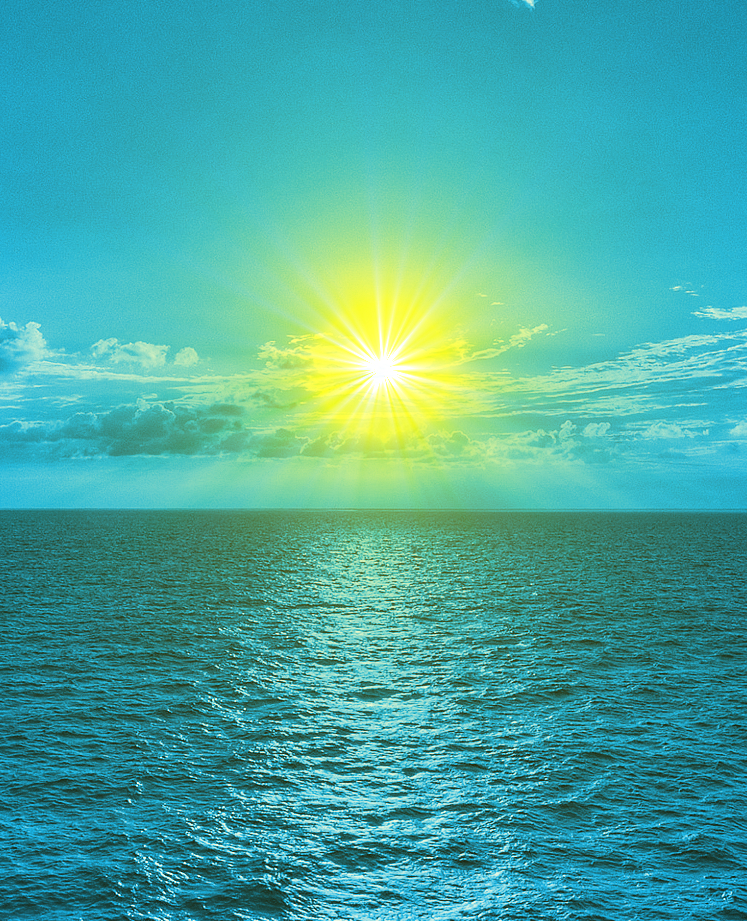Local lands key NASA role
 An Australian professor has been given a unique role in a new NASA mission.
An Australian professor has been given a unique role in a new NASA mission.
Iver Cairns, Professor in Space Physics at the University of Sydney, is the only international co-investigator to be selected for two critical NASA missions studying the Sun and space weather.
These missions will do fundamental, world-leading science on the causes of space weather, which has profound impacts on human interests, such as astronauts’ safety, radio communications, GPS signals, and utility grids on the ground.
“These missions will do big science,” said Thomas Zurbuchen, Associate Administrator for the Science Mission Directorate at NASA Headquarters in Washington.
“But they’re also special because they come in small packages, which means that we can launch them together and get more research for the price of a single launch.”
The NASA Small Explorer (SMEX) missions are designed to further our understanding of the Sun and its dynamic effects on space.
The mission PUNCH (Polarimeter to Unify the Corona and Heliosphere) will study how the Sun drives particles and energy into the solar system while the TRACERS (Tandem Reconnection and Cusp Electrodynamics Reconnaissance Satellites) mission will study Earth’s response.
Professor Cairns will perform advanced computer simulations and comparisons with PUNCH data to understand coronal mass ejections, large eruptions of solar material that can drive large space weather events near Earth.
He will also study the generation of radio emissions and the fall-off of the plasma's density between the Sun and Earth.
Additionally, Professor Cairns has been brought in to study the timing and properties of energetic particles and plasma waves observed by TRACERS to determine how magnetic reconnection occurs and accelerates energetic particles.
He will also develop detailed theories for how the plasma waves are produced and evolve.
“PUNCH and TRACERS address some of the biggest open questions in space science and astrophysics,” said Professor Cairns.
“PUNCH’s four small satellites will allow us to measure and understand how the Sun’s magnetic field loops and million-degree plasma are transformed into the turbulent solar wind, which streams past and interacts with the Earth and other planets.
“TRACERS’s two satellites will explore how magnetic reconnection proceeds at Earth and accelerates energetic electrons and ions through the cusps into the atmosphere and ionosphere.
“Although built in the USA, the six new satellites for PUNCH and TRACERS will provide great case studies for students, postdoctoral researchers, scientists, and industry people involved in the Australian Research Council’s training centre CUAVA,” he said.
“Our participation in these missions will benefit the five CubeSat missions that CUAVA anticipates flying in the next five years.”
The launch date for the two missions is no later than August 2022.








 Print
Print